
How to Use TL082: Examples, Pinouts, and Specs
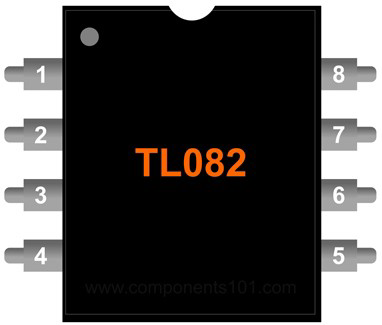
 Design with TL082 in Cirkit Designer
Design with TL082 in Cirkit DesignerIntroduction
The TL082 is a low-noise JFET-input operational amplifier designed for high-speed and low-distortion applications. Manufactured under the part ID TL082, this component is widely used in audio processing, signal amplification, and instrumentation circuits. Its high input impedance and low input bias current make it ideal for precision applications, while its low noise characteristics ensure minimal signal degradation.
Explore Projects Built with TL082
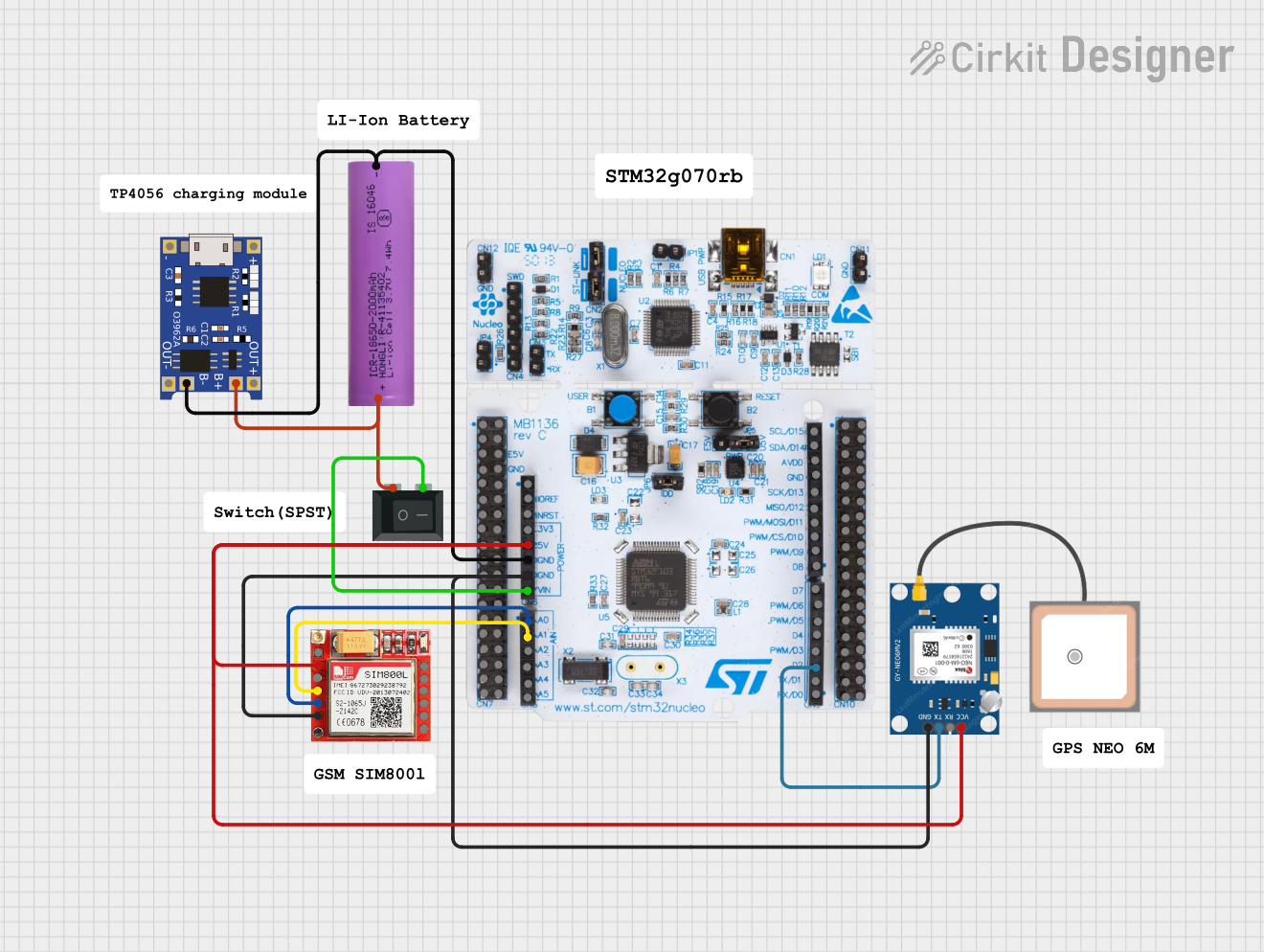
 Open Project in Cirkit Designer
Open Project in Cirkit Designer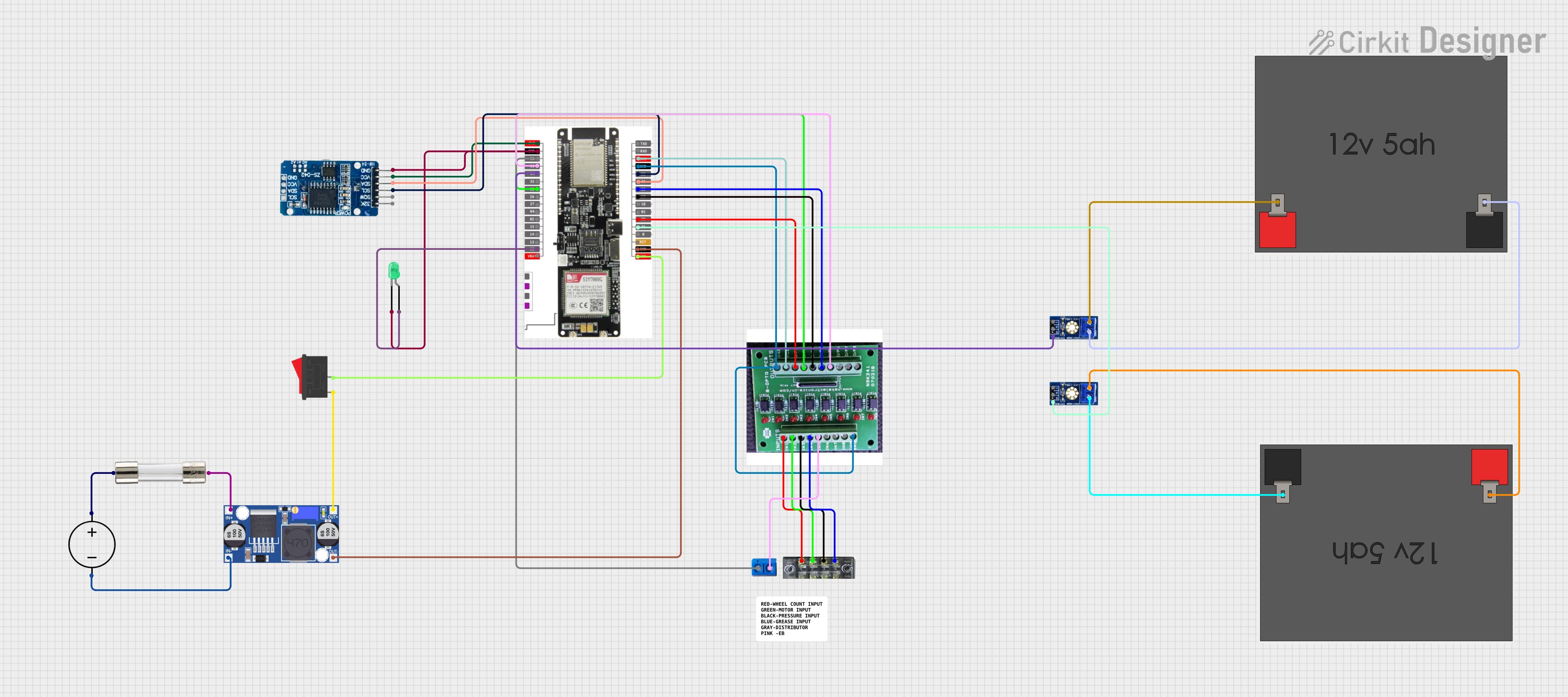
 Open Project in Cirkit Designer
Open Project in Cirkit Designer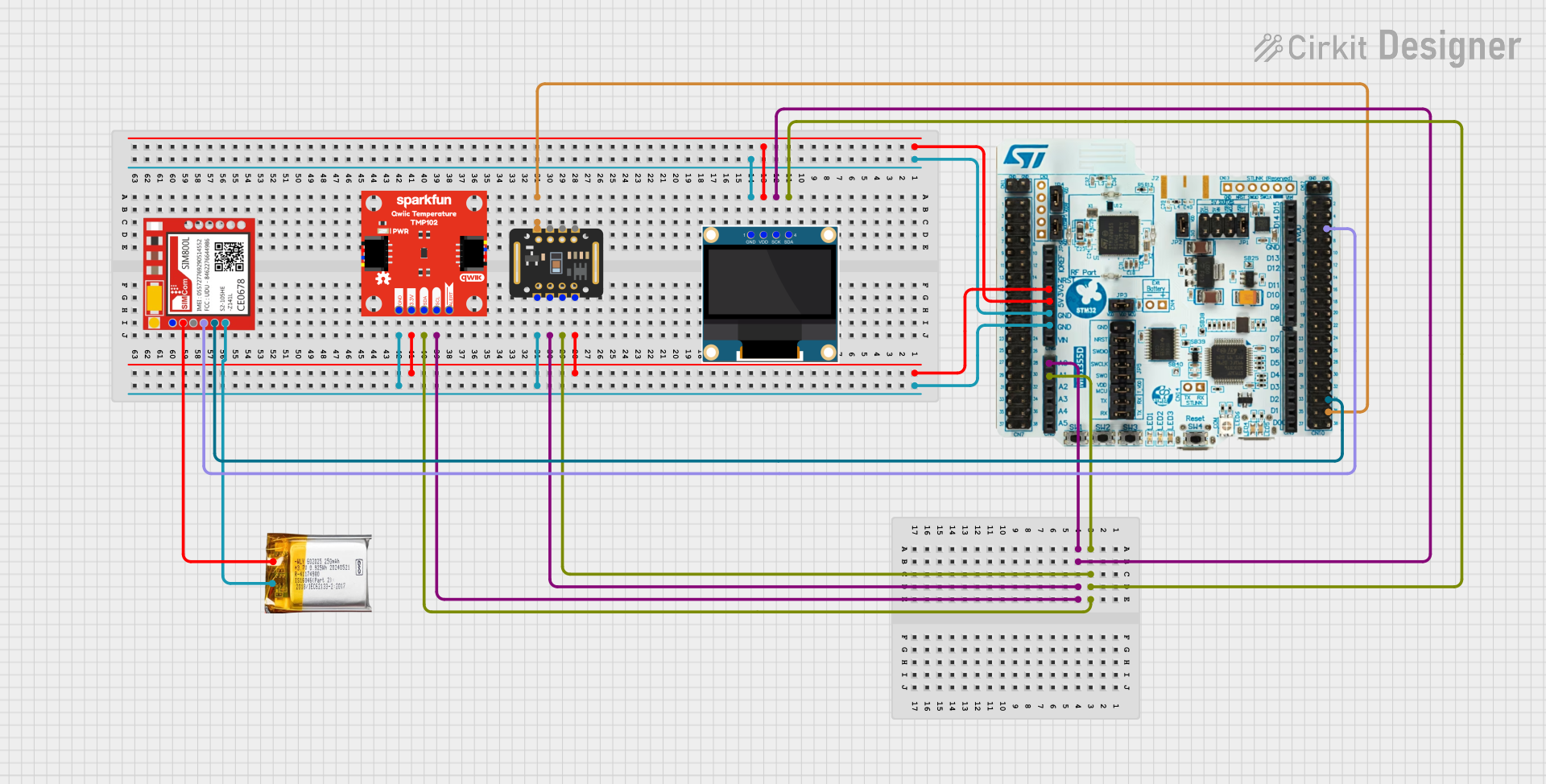
 Open Project in Cirkit Designer
Open Project in Cirkit Designer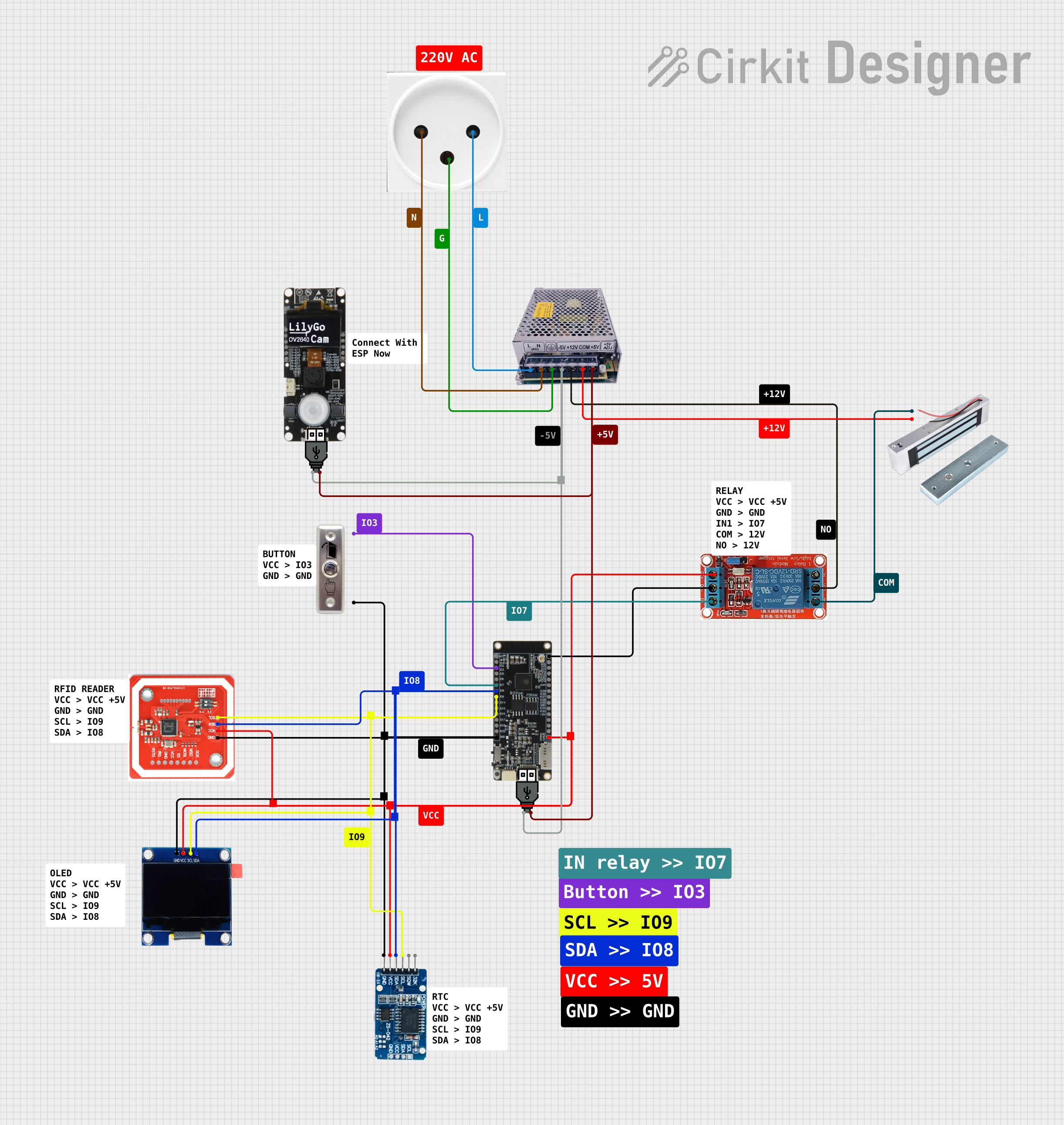
 Open Project in Cirkit Designer
Open Project in Cirkit DesignerExplore Projects Built with TL082

 Open Project in Cirkit Designer
Open Project in Cirkit Designer
 Open Project in Cirkit Designer
Open Project in Cirkit Designer
 Open Project in Cirkit Designer
Open Project in Cirkit Designer
 Open Project in Cirkit Designer
Open Project in Cirkit DesignerCommon Applications
- Audio preamplifiers and equalizers
- Signal conditioning and processing
- Active filters and oscillators
- Instrumentation amplifiers
- Analog computing and integration circuits
Technical Specifications
Key Technical Details
- Supply Voltage (Vcc): ±3V to ±18V (dual supply) or 6V to 36V (single supply)
- Input Offset Voltage: Typically 3mV
- Input Bias Current: Typically 30pA
- Slew Rate: 13V/µs (typical)
- Gain Bandwidth Product: 3MHz (typical)
- Input Impedance: 10⁸Ω (typical)
- Output Voltage Swing: ±12V (with ±15V supply)
- Quiescent Current: 1.4mA per amplifier (typical)
- Operating Temperature Range: 0°C to 70°C
- Package Types: DIP-8, SOIC-8
Pin Configuration and Descriptions
The TL082 is a dual operational amplifier, meaning it contains two independent op-amps in a single package. Below is the pinout for the 8-pin DIP/SOIC package:
| Pin Number | Pin Name | Description |
|---|---|---|
| 1 | Output A | Output of the first operational amplifier |
| 2 | Inverting Input A | Inverting input of the first operational amplifier |
| 3 | Non-Inverting Input A | Non-inverting input of the first operational amplifier |
| 4 | V- (GND) | Negative power supply or ground |
| 5 | Non-Inverting Input B | Non-inverting input of the second operational amplifier |
| 6 | Inverting Input B | Inverting input of the second operational amplifier |
| 7 | Output B | Output of the second operational amplifier |
| 8 | V+ | Positive power supply |
Usage Instructions
How to Use the TL082 in a Circuit
Power Supply Configuration:
- The TL082 can operate with either a single supply (e.g., 0V and +12V) or a dual supply (e.g., ±15V). Ensure the supply voltage does not exceed the absolute maximum rating of ±18V.
Input Connections:
- Connect the signal source to the non-inverting or inverting input, depending on the desired configuration (e.g., non-inverting amplifier, inverting amplifier, etc.).
- Use appropriate resistors and capacitors to set the gain and bandwidth of the circuit.
Output Load:
- The output can drive loads with a resistance of 2kΩ or higher. For lower impedance loads, consider using a buffer stage.
Bypass Capacitors:
- Place decoupling capacitors (e.g., 0.1µF ceramic and 10µF electrolytic) close to the power supply pins to reduce noise and improve stability.
Example Circuit: Non-Inverting Amplifier
- Below is a simple non-inverting amplifier circuit using the TL082:
// Example: Non-inverting amplifier circuit
// Gain = 1 + (R2 / R1)
#include <Arduino.h>
// Define pin for analog input
const int analogInputPin = A0; // Connect signal source to A0
const int analogOutputPin = 9; // Output signal to pin 9 (PWM)
void setup() {
pinMode(analogInputPin, INPUT); // Set input pin mode
pinMode(analogOutputPin, OUTPUT); // Set output pin mode
}
void loop() {
int sensorValue = analogRead(analogInputPin); // Read input signal
int outputValue = map(sensorValue, 0, 1023, 0, 255); // Scale to PWM range
analogWrite(analogOutputPin, outputValue); // Output amplified signal
}
Important Considerations and Best Practices
- Input Protection: Avoid applying input voltages beyond the supply rails to prevent damage.
- Thermal Management: Ensure adequate ventilation or heat dissipation if operating at high supply voltages.
- Stability: Use proper feedback network design to avoid oscillations.
- Noise Reduction: Minimize external noise by using shielded cables and proper grounding techniques.
Troubleshooting and FAQs
Common Issues and Solutions
| Issue | Possible Cause | Solution |
|---|---|---|
| No output signal | Incorrect power supply connection | Verify V+ and V- connections |
| Distorted output | Exceeding input or output voltage range | Ensure input and output stay within range |
| Oscillations or instability | Poor feedback network design | Add compensation capacitor if needed |
| High noise in output | Insufficient decoupling or grounding | Add bypass capacitors and check grounding |
FAQs
Can the TL082 be used for audio applications?
- Yes, the TL082 is well-suited for audio applications due to its low noise and high slew rate.
What is the maximum gain I can achieve with the TL082?
- The maximum gain depends on the feedback network and the bandwidth of the amplifier. For high gains, ensure the bandwidth is sufficient for your application.
Can I use the TL082 with a single power supply?
- Yes, the TL082 can operate with a single supply, but ensure the input and output signals are biased appropriately.
What is the difference between the TL082 and TL072?
- The TL082 and TL072 are similar, but the TL072 typically has slightly better noise performance and is optimized for audio applications.
By following this documentation, you can effectively integrate the TL082 into your electronic designs for reliable and high-performance operation.